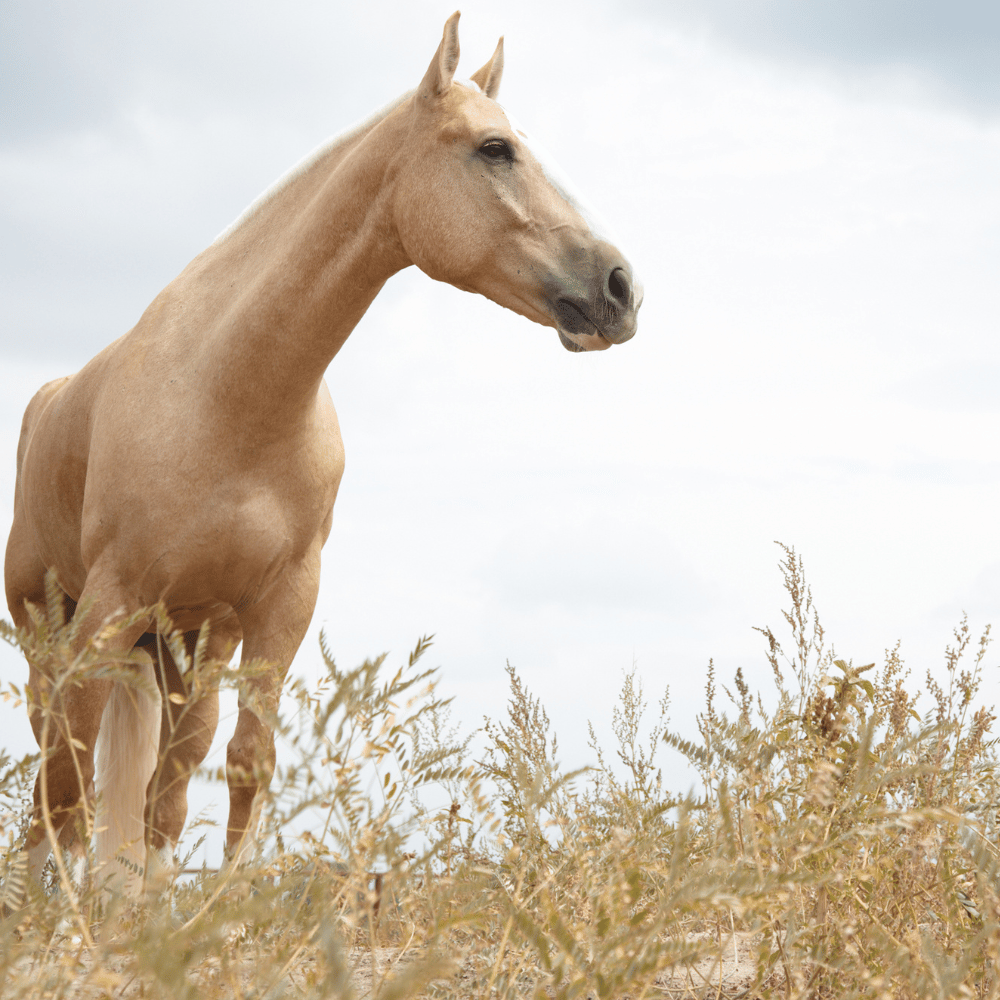The 5 best tips for successful wildlife photography
Wildlife photography is a discipline that requires patience, observation and an excellent knowledge of wildlife. Whether you're an ambitious beginner or a seasoned photographer looking for additional tips, this article offers you the top five tips for successful wildlife photography.
The first tip is to know your subject. Learn about the habits, behaviors and habitats of the animals you want to photograph. This knowledge will allow you to put yourself in the best conditions to capture unique moments.
Then, to get sharp, detailed images, use a tripod or monopod. This will allow you to stabilize your device and avoid motion blur.
Another essential tip is to blend in with the environment. Be discreet, dress to camouflage yourself and avoid sudden movements that could frighten the animals.
Additionally, don't forget to take care of your equipment. Bring spare batteries, extra memory cards and cleaning supplies to avoid unpleasant surprises in the field.
Finally, be patient and attentive. Wildlife photography requires time to observe the behaviors and movements of animals. Wait for the right moment to trigger and prepare to be amazed by the beauty of nature.
Understanding the Equipment Needed for Wildlife Photography
The first step to success in wildlife photography is understanding the equipment needed. A good camera with a suitable lens is essential for capturing quality images. Opt for a camera with good resolution and a fast shutter speed so you don't miss key moments. A lens with a long focal range will allow you to photograph animals from a distance without disturbing them.
Tips for Finding and Approaching Wild Animals
The second crucial step is knowing how to find and approach wild animals. Patience and observation are the keys to success. Learn to recognize signs of animal presence, such as tracks, droppings or shelters. A local guide or local knowledge can also help you spot areas where wildlife is active.
To approach animals without scaring them, adopt camouflage techniques. Dress discreetly using clothing in neutral colors that blend into the surroundings. Avoid sudden movements and try to move slowly and quietly. Also use binoculars to observe animals from afar before approaching.
Techniques for taking great wildlife photos
Once you've spotted the animals, it's time to start shooting. Here are some techniques for capturing great wildlife photos.
First, use a tripod or monopod to get sharp, detailed images. This will stabilize your camera and prevent motion blur. Also be sure to use autofocus to keep your subjects sharp.
Next, experiment with the different shooting modes. Use burst mode to capture fast movements, such as a bird flying. Aperture priority mode will allow you to control the depth of field and highlight your main subject.
Post-Processing Tips to Enhance Wildlife Images
Once your photos are taken, it's time to move on to post-processing to improve your images. Use photo editing software, such as Adobe Lightroom, to adjust exposure, white balance and colors. You can also crop your images to highlight your main subject.
Remember to use a light hand when post-processing. The goal is to make your photos more beautiful, while remaining true to reality. Avoid excessive editing that could make your work look artificial.
Wildlife Photography Ethics and Conservation Considerations
As wildlife photographers, it is important to respect the ethics of wildlife photography and take conservation considerations into account. Here are some guidelines to follow:
- Do not disturb wild animals to take a photo. Respect their space and their natural behavior.
- Do not leave traces of your passage. Respect the environment and don't leave waste behind.
- Contribute to wildlife conservation by supporting nature protection organizations and projects.
Build a portfolio and share your work
Once you've captured some great wildlife photos, it's time to build a portfolio and share your work with the world. Create a website or use online photo sharing platforms to showcase your best images. You can also enter wildlife photography competitions to get more exposure.
Recommended Resources and Communities for Wildlife Photographers
To continue progressing in wildlife photography, it is essential to stay connected with other enthusiasts. Join online communities and wildlife photography forums to exchange tips, share experiences, and discover new techniques. Here are some recommended resources for wildlife photographers:
- [National Geographic Photography](https://www.nationalgeographic.com/photography/)
- [Nature Photographers Network](https://www.naturephotographers.net/)
- [Wildlife Photographic](https://www.wildlifephotographic.com/)
Common challenges and ways to overcome them
Wildlife photography also presents its share of challenges. Here are some of the common challenges and how to overcome them:
- Patience: Patience is essential in wildlife photography. Wait for the right moment to capture the perfect image.
- Weather conditions: The weather can be unpredictable in the great outdoors. Prepare accordingly and be ready to seize opportunities as they arise.
- Distance: Sometimes wild animals are far away and difficult to approach. Use a lens with a long focal range to photograph them without disturbing them.
Conclusion and Final Thoughts on How to Become a Successful Wildlife Photographer
In conclusion, wildlife photography is an art that requires patience, observation and an excellent knowledge of wildlife. By following these five tips, you will be well equipped to succeed in wildlife photography. Remember to know your subject, equip yourself correctly, find and approach animals with respect, master shooting and post-processing techniques, while respecting the ethics and conservation of the wildlife. So, get out there, explore nature and capture the beauty of wildlife through your lens!
br/>







































































Leave a comment
This site is protected by hCaptcha and the hCaptcha Privacy Policy and Terms of Service apply.